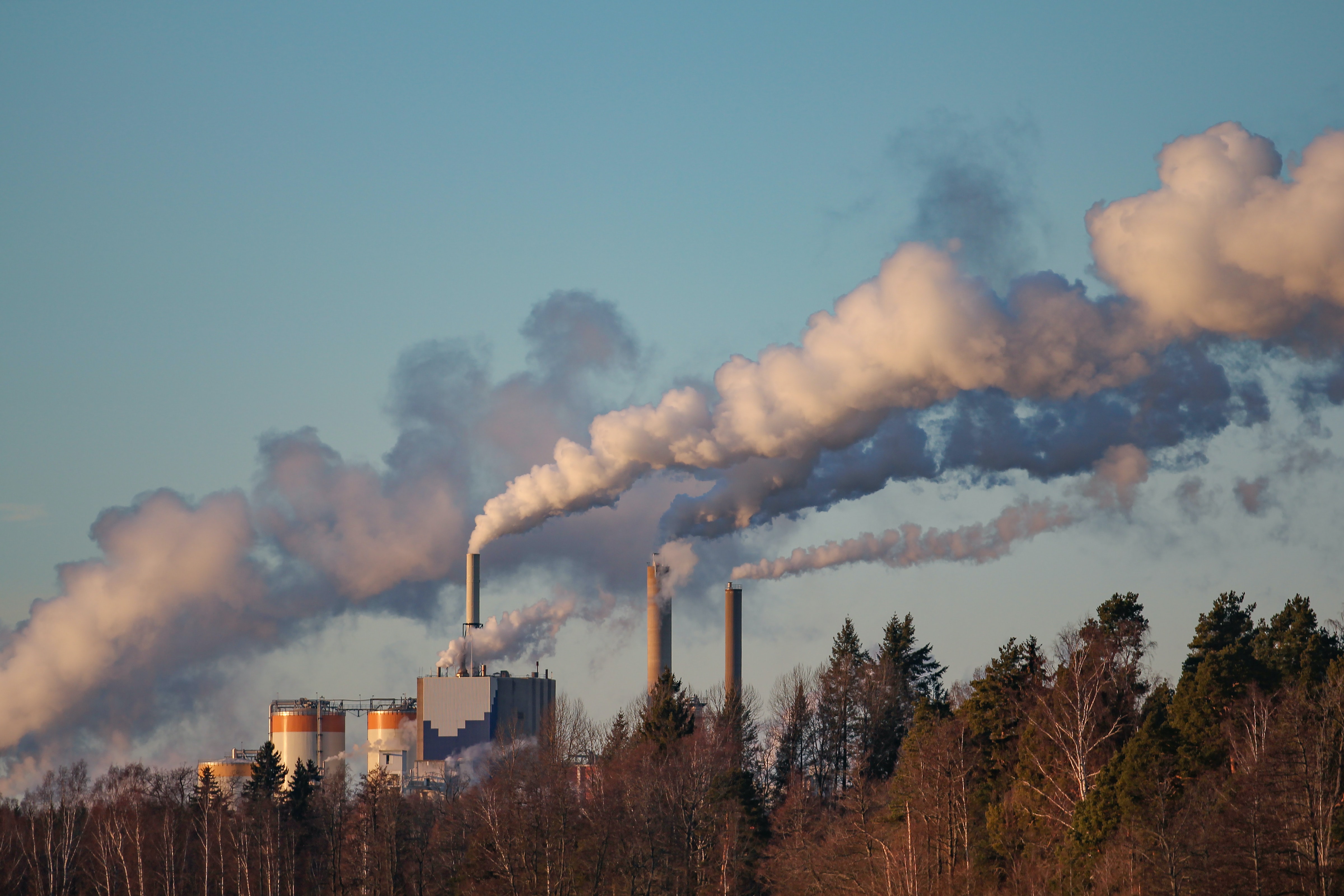What is industrial odor pollution and when is it reported? More importantly, what industries are involved in this issue? In this article we will try to establish clarity in order to identify which businesses are involved
When we talk about olfactory pollution we mean a condition in which the air is overloaded with unpleasant or excessively intense odors, that may be pleasant in some cases but in fact cause discomfort and damage to those who perceive them. This occurs not infrequently in the surroundings of industrial facilities, causing harm not only to the operators of the company, but also to those who pass by or live in proximity to such facilities.
As anticipated, we are not only talking about unpleasant smells, but can also deal with smells that in small quantities might even be pleasant, but under certain circumstances become so intense that they annoy especially people with a particularly sensitive sense of smell.
What are the main sources of olfactory pollution?
Usually the main contributors to what is called olfactory pollution are substances derived from decomposition, animal excretions, and industrial processes in which ammonia, sulfuric acid, scatol and indole, and dimethyl sulfide are used.
On the other hand, if we want to analyze the sectors or types of industries most affected, we find:
- Landfills and waste or wastewater treatment plants
- Chemical companies
- Food processing plants
- Construction sites
- Paper mills
- Farm fields and composting facilities
- Drilling plants
- Coal-fired power plants
- Carcass disposal plants
- Coffee roasting plants and breweries.
The incidence of odor pollution is also influenced by frequency, intensity, location and weather conditions. An example is wind that promotes their dispersion, rain and cold precipitate them to the ground reducing their perception, in contrast, humidity and high temperatures aggravate the problem, actually making them more intense and bothersome.
A continuous and prolonged exposure to unpleasant odors can lead to hypersensitivity to them, but also parosmia, or altered perception of them. Phantosmia can also be a consequence: it is a kind of olfactory hallucination. In more severe cases, on the other hand, cacosmia, or the sensation that perfumes smell like unpleasant odors, can occur, and, in the most serious cases causes partial or complete loss of the sense of smell.
In addition to these purely olfactory disorders, frequent rhinitis, sneezing, coughing with increased secretion of mucus, general unwellness and fatigue, bronchoconstriction, stress, muscle tension, migraine, insomnia, concentration deficits, irritation of the respiratory tract and eyes, asthma and nausea can then occur.
In consideration of the above, it is therefore obvious that any entity involved in processes that may lead to the generation of odors must operate in such a way as to reduce their incidence and avoid the spread of odor pollution, which not only harms people but also damages the surrounding environment.



